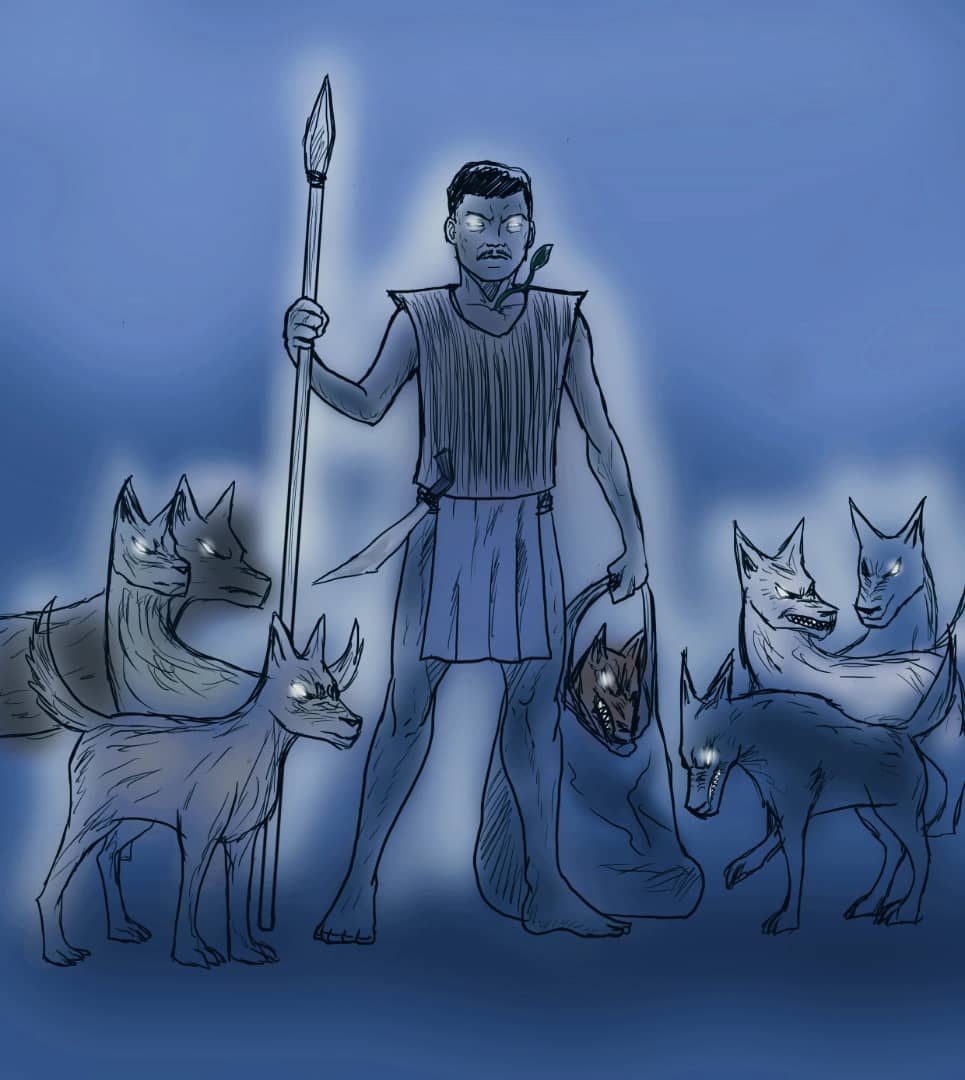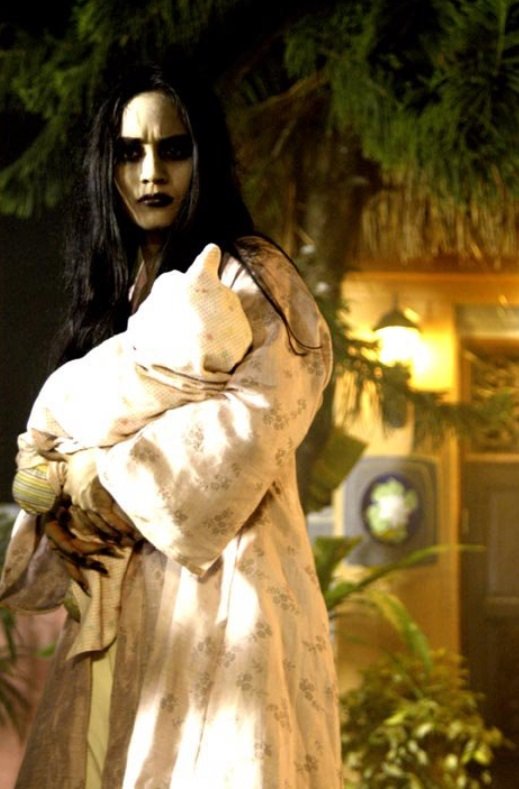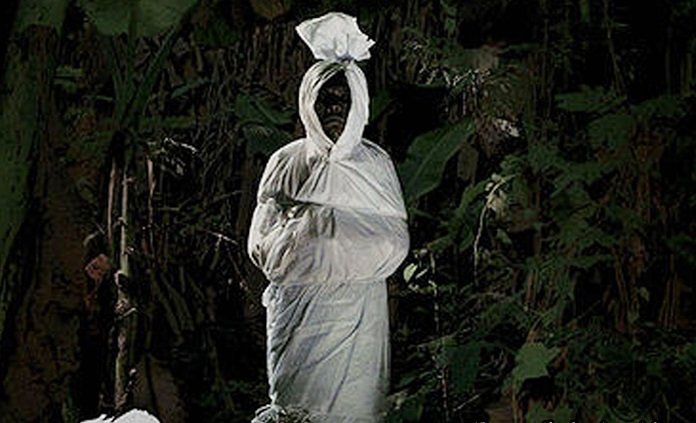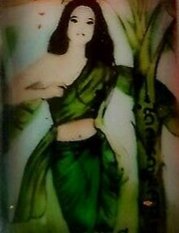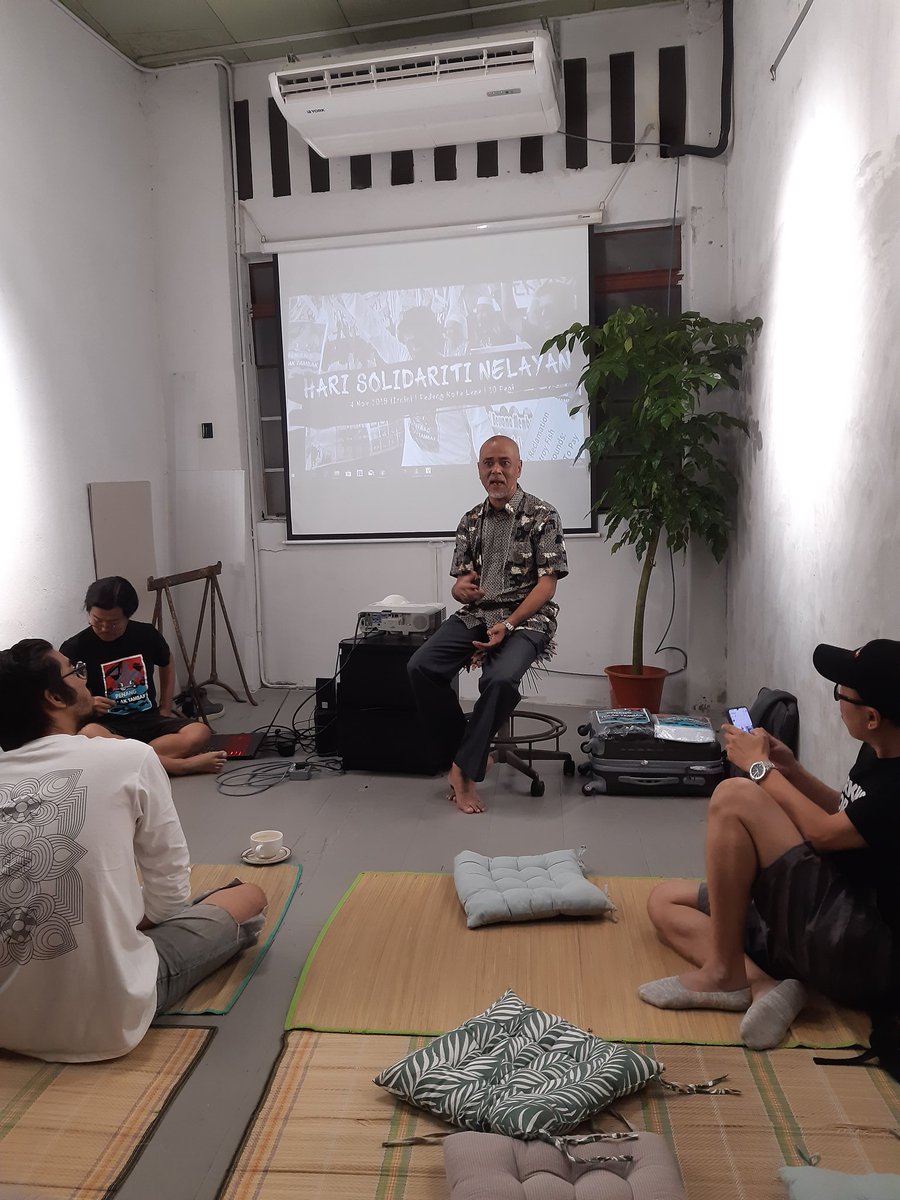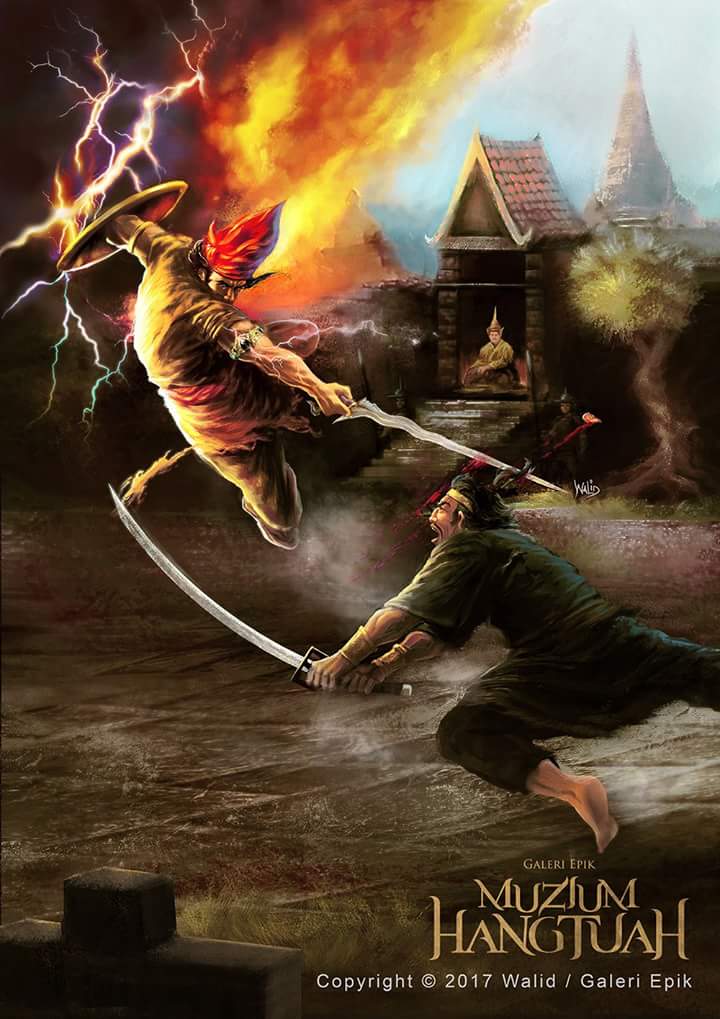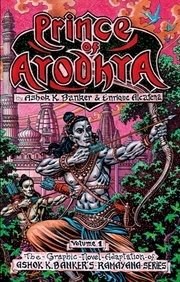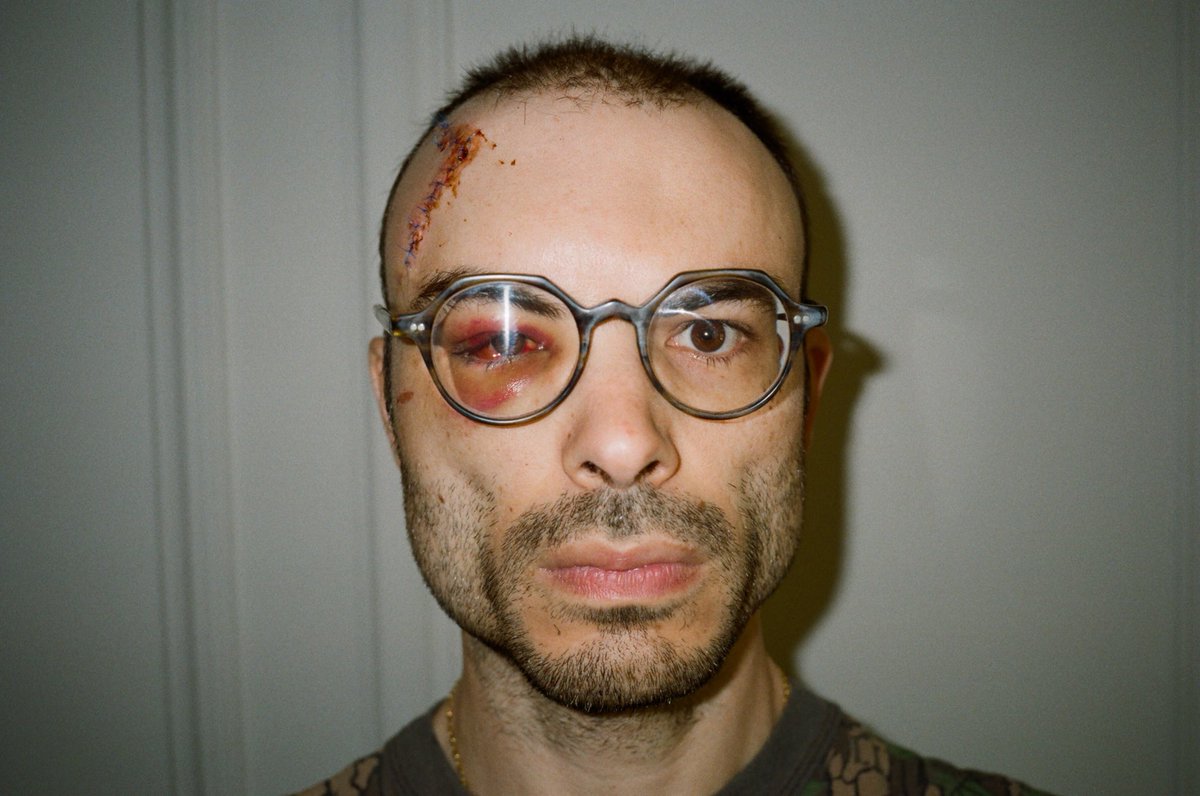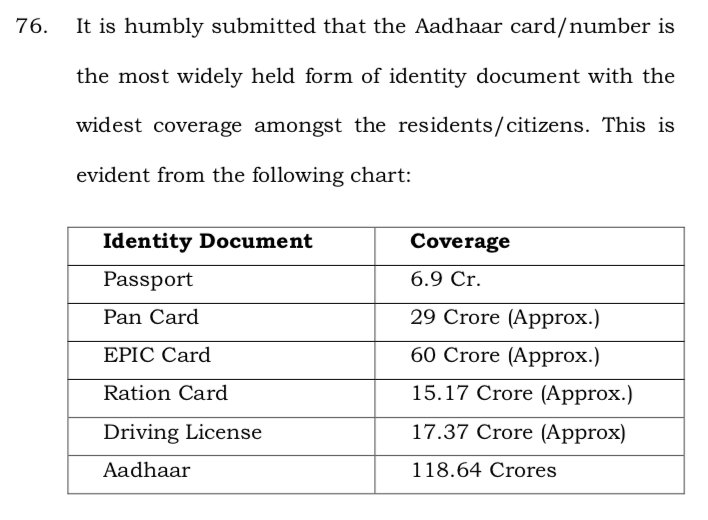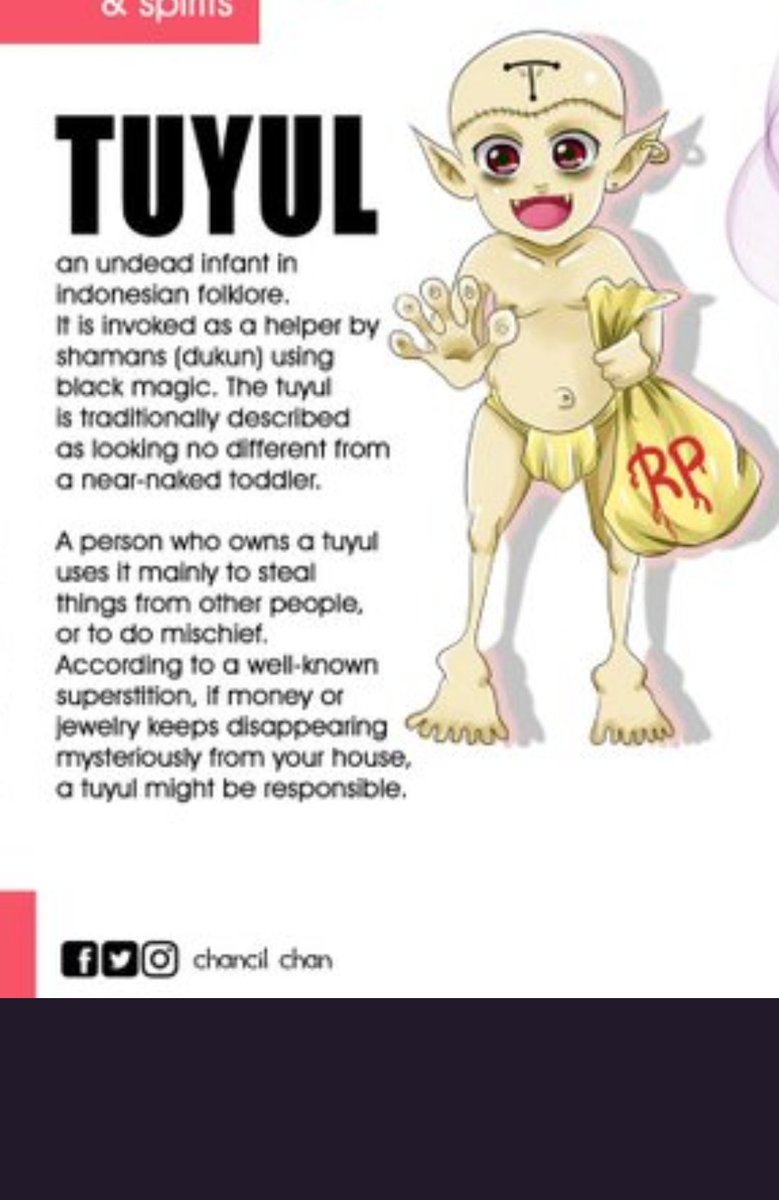
therakyatpost.com/2019/10/01/lar…
Not exactly a ghost but actually a witch who, through meditation, acquired the ability to separate her head and trailing organs from the rest of her body. In this form, they use their long tongue to feed on the blood when a woman gives birth. Art by @chancil again
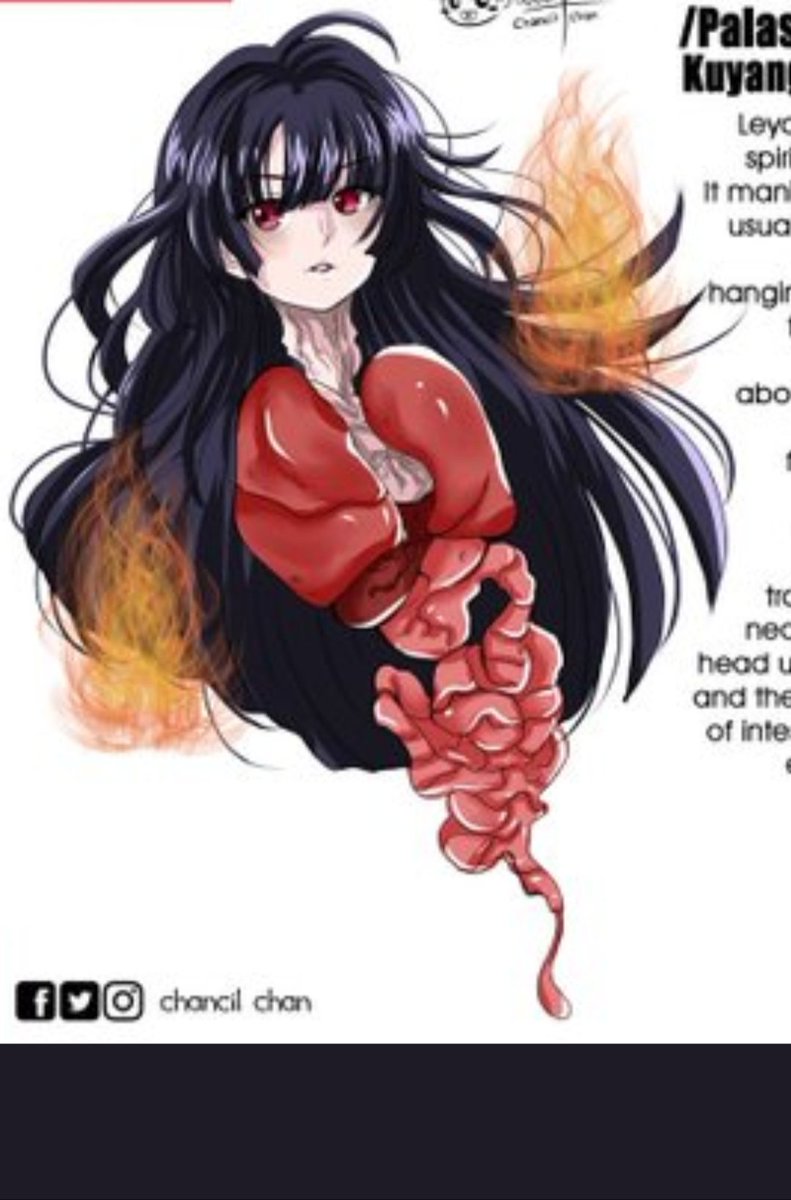
Jadi-jadian is the umbrella term for shape-shifting animals. The most famous and most feared is the harimau jadian or weretiger which holds a similar place in Asian culture as the werewolf of Europe. I go into detail on it in this thread
Spirits that cause sickness and disease in orang asli folklore. The orang asli believed all illnesses were caused by such demons. Each was named after the ailment they caused like the bloating spirit (hantu kembung) and the smallpox spirit (hantu ketumbuhan)
kisahseram.com/kenali-pokok-y…
pathguy.com/thorsoak.html
Literally "tall ghost", also known as hantu galah meaning "pole ghost". A type of giant in Malay &orang asli folklore. They live at the uppermost part of rivers (hulu sungai) & appear as two spindly tree-like legs. They're so tall that the upper body can't be seen
Another birth-spirit familiar, this one in the form of a katydid. It's created from the tongue of a dead child. Whereas the bajang is owned by a male, the pelesit owner is female
Most today have heard of the polong but don't really know what it is. It's often confused with the penanggal or some other ghost. The polong is actually a bottled imp, with the appearance of a small female the size of a finger's distal phalanx
Art by @YeLaughingDog
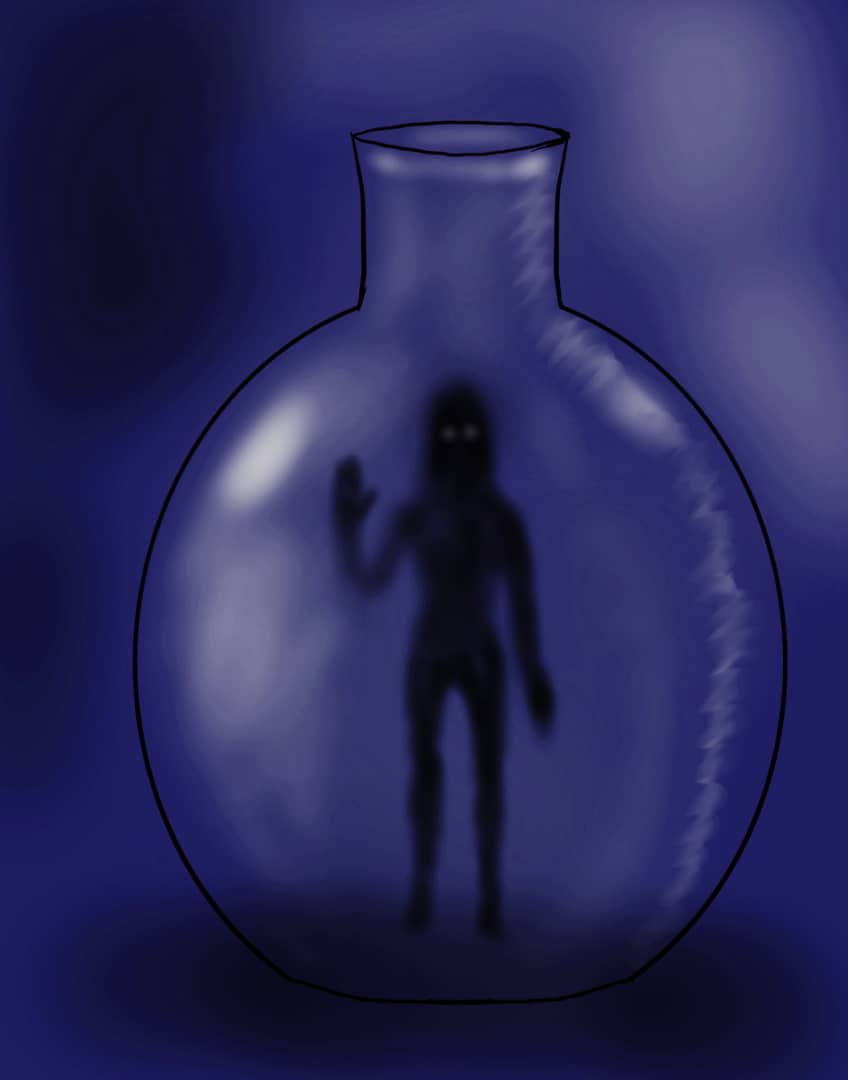
Literally meaning "great spirit" or "high spirit", it takes the form of its owner and acts as a doppelganger. Considering the possibilities of this, the hantu raya is regarded as one of the greatest spirit helpers a person can have
Known as the hantu pemburu to Malays and hantu seburu to orang asli, this is the single most important ghost of Malaysian folklore. He remains prominent in orang asli legend but is now obscure among Malays.
Art by @YeLaughingDog
